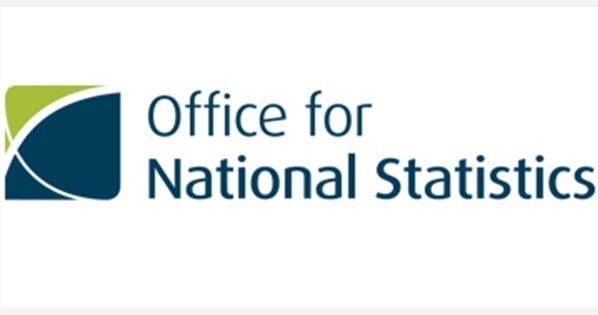
0:02 AM, 17th August 2023, About A year ago
Text Size
The soaring price of renting in the UK is at the highest rate since January 2016 – and is being fuelled by strong tenant demand and a decline in the number of available properties.
The data from the Office for National Statistics (ONS) shows that rents in July are 5.3% higher than in July 2022. In June, rent rises were 5.2%.
News of rising rents comes after the ONS revealed that inflation has dipped to 6.8% from June’s 7.9%.
And house prices fell 1.8% between June and July – though they are still 1.7% higher than a year ago.
However, alarm bells are ringing after London’s house prices dropped by 0.6% in a year – that’s the first price fall in any region since spring 2020.
Propertymark’s chief executive, Nathan Emerson, said: “There is a huge disparity in the number of properties available to rent compared to the continuously growing number of renters looking for a home, ultimately continuing to put pressure on rent prices.
“UK governments need to urgently address the problem and look to adequately incentivise the provision of desperately needed homes rather than forcing landlords out of the private rented sector with unfair regulatory and financial hurdles.”
The ONS figures show that renters in London saw rents grow by 5.5% – the highest rate since records began in 2006.
Tenants in the West Midlands and Yorkshire and the Humber also saw rents go up by 5.5%.
However, renters in Wales saw a bigger rent rise of 6.5% in a year, while in Scotland rents grew by 5.7%.
Rents in Northern Ireland rocketed by 9.2% but the data is collected differently there.
Sarah Tonkinson, the managing director of institutional PRS and build to rent at Foxtons, said: “July’s market experienced a rise in activity that always comes with peak lettings season; demand increased 13%.
“This period always sees a flurry of activity as families move to London, new graduates head for London workplaces and the student population make plans for the coming academic year.”
She added: “The good news for renters is that there is 6% more stock available compared with this time last year, but competition is still fierce for quality properties.”
Gareth Atkins, the managing director of lettings at Foxtons, said: “As our market research predicted at the start of 2023, price increases in the lettings market are less extreme than we saw last year.
“We’ve seen expected growth and are now into a more consistent busy market we normally see at this time of year.
“As such, the market will remain highly competitive through summer.”
The head of UK residential research at Knight Frank, Tom Bill, said: “The squeeze on tenants will not end any time soon.”
Highlighting the growing gap between rising rents and falling rental home supply, he added: “It is an imbalance compounded by the fact landlords now face higher mortgage rates.”
Speaking about the drop in London’s house prices, Sarah Coles, the head of personal finance at Hargreaves Lansdown, said: “London is setting a fashionable trend that the rest of the UK may be doomed to follow.
“House prices in the capital have fallen in the year to June – for the first time since the market was effectively closed at the start of the pandemic.
“The country as a whole clung onto positive growth of less than 2% over the past 12 months, and the outlook for the coming months looks fairly grim.”
She added: “Property remains outlandishly expensive, mortgage rates are still sky high, and there’s every chance of more weakness creeping into the jobs market in the coming months.”
Previous Article
Running the Selective Licensing gauntlet?Next Article
Section 21 removal will cause chaos in courts